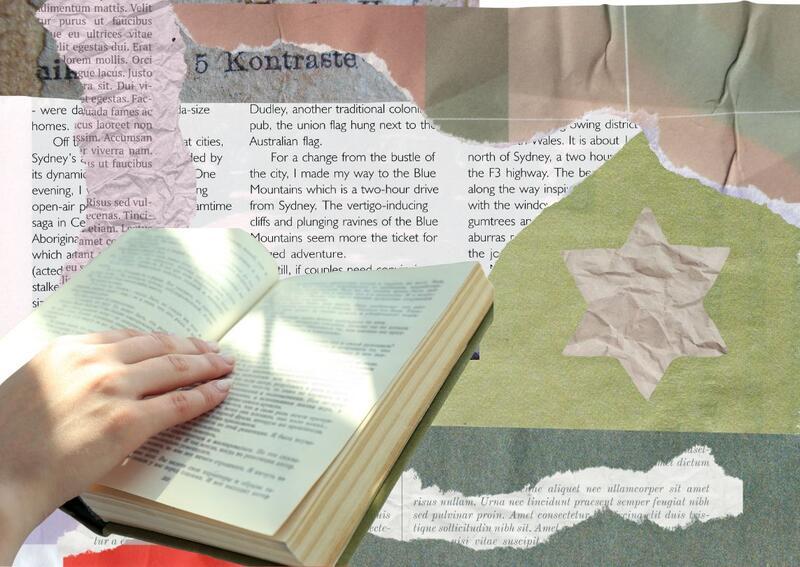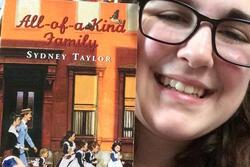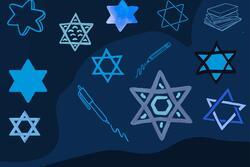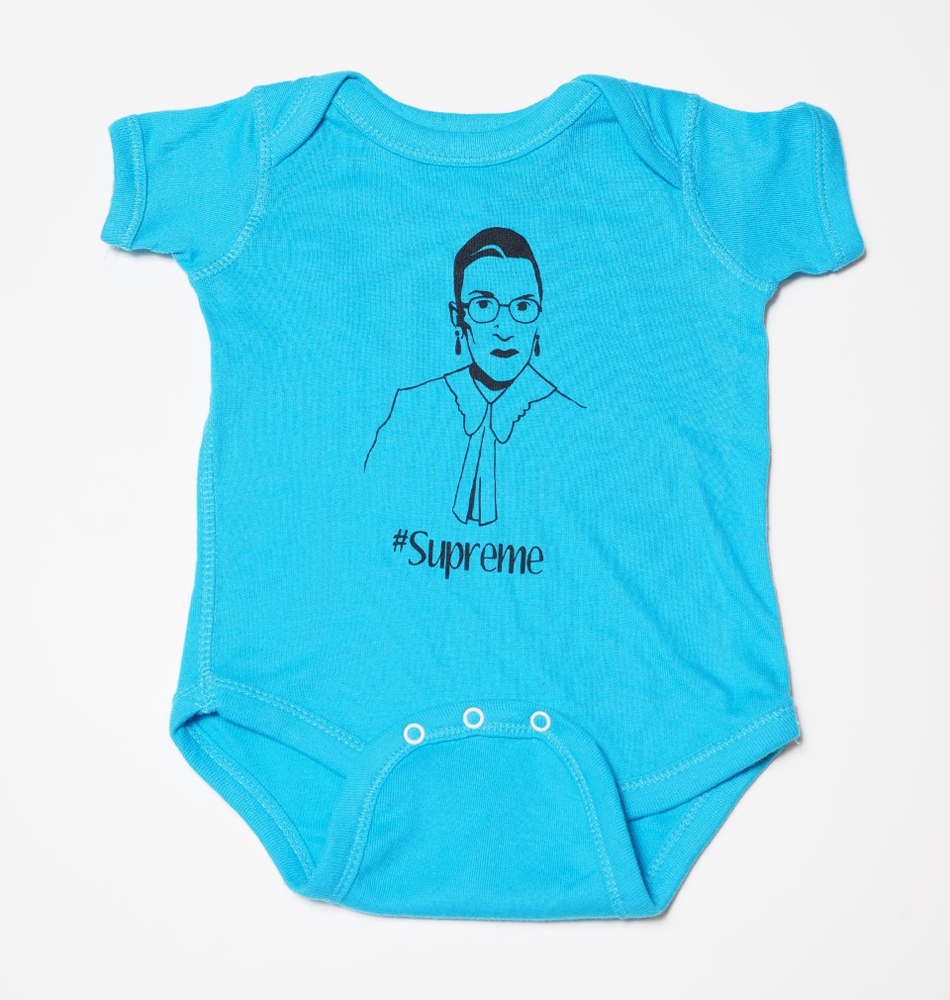Reading Beyond Holocaust Literature: Prioritizing Jewish Joy
It was in a basement corner of my synagogue that I first learned the term “Holocaust.” My friend and I would sneak away from the boisterous kiddushes to peruse a small basket of stories. One day, I picked up the story of a young Jewish girl in Nazi-occupied Europe. As I read, I grew confused and terrified. I resolved to ask my parents about it later that night. Though I cannot remember what we discussed—nor can they—the unease of that afternoon never truly left me.
That may have been the first book I read about the Holocaust, but it would not be the last, especially as I searched for pieces with Jewish protagonists. Learning about the Shoah became a constant as I explored the Young Reader, and later the Young Adult, sections of my local libraries. This cliché ingrained in me the message that Jewishness was inextricably linked to suffering.
Furthermore, in my experience, many of these Holocaust books are laden with problems of their own, frequently using romanticized tropes or novelized events, overshadowing lived experiences with what constitutes more appealing fiction, egregiously found in pieces like The Boy in the Striped Pajamas. It also almost entirely highlights Ashkenazi Jewry, despite a range of different backgrounds making up the Jewish American population.
These narratives, coupled with media coverage of rising incidents of antisemitism, make it challenging to see Jewish life as anything other than full of oppression. As of 2020, more Jews associated Jewish identity with remembering the Holocaust than observance of Jewish law, practicing tradition, or advocating for justice. Too many of us are measuring our affiliations through trauma.
Being Jewish is more than the sum of expulsions and genocides. It is dancing to the hora with fifty strangers at a bat mitzvah. It is lighting candles on chag and debating the meaning of a sentence. There is survival and pain, but joy lives alongside it.
Literature can be full of deeply rooted Jewish joy, as authors like Sydney Taylor, Judy Blume, and Veera Hiranandani have shown me.
Sydney Taylor’s All-of-a-Kind Family (1951) is a beautiful mosaic of family life, growing up, and ritual practice, where Judaism shapes the story but does not limit it. For many young people, Taylor's books are the first time they read about a loving Jewish family that is not experiencing trauma. She also redefined how generations of readers viewed Jews—portraying Jewish people realistically and sympathetically instead of as negative stereotypes. Taylor depicts upsetting events like disease and war within their historical context, educating the reader without overwhelming the narrative. Taylor also incorporated progressive ideas into her books, including a girl running for class president at a time where that was not deemed socially acceptable. I wanted to be a part of this family, so proud to be Jewish and to carry on many of the same traditions.
Judy Blume’s Are You There, God? It’s Me, Margaret (1970) grapples with finding faith within an interfaith family. Margaret attends Shabbat services with her grandmother and church with friends but does not find one clear answer. Along with philosophical questions, the narrative highlights the awkward life of an eleven-year-old navigating puberty. Despite the forty-five years between its publication and my own reading, I was struck by how natural Margaret’s narration felt, and she wrestled with what it meant to believe in a higher power. I also admire how Blume has also done extensive work to fight censorship and explore the realities of young people’s sexuality and identity.
Veera Hiranandani’s The Whole Story of Half a Girl (2012) explores its protagonist Sonia’s mixed Indian and Jewish heritage. She searches for how to find acceptance while staying true to herself. The novel also tackles unemployment, family, and friendship. The intricate narration bridges humor alongside the many nuances of Sonia’s life. In Sonia, I found someone I would want to be a friend, a figure I could learn from, and an interesting perspective on the presence of depression. All Hiranandani’s works tackle the multiple identities that individuals hold and characters that learn how to advocate for themselves, creating role models for young children.
In these books, authors integrate the beauty and occasional challenges that come with being Jewish alongside other themes and identities. They center young women developing their voices, questioning unfair systems, and creating meaning around them.
While these books are an important start, we have a long way to go before the amount of joy portrayed in Jewish books is in balance with the level of fear. I look forward to the day when young children in search of synagogue distraction find stories rife with celebration.
This piece was written as part of JWA’s Rising Voices Fellowship.







